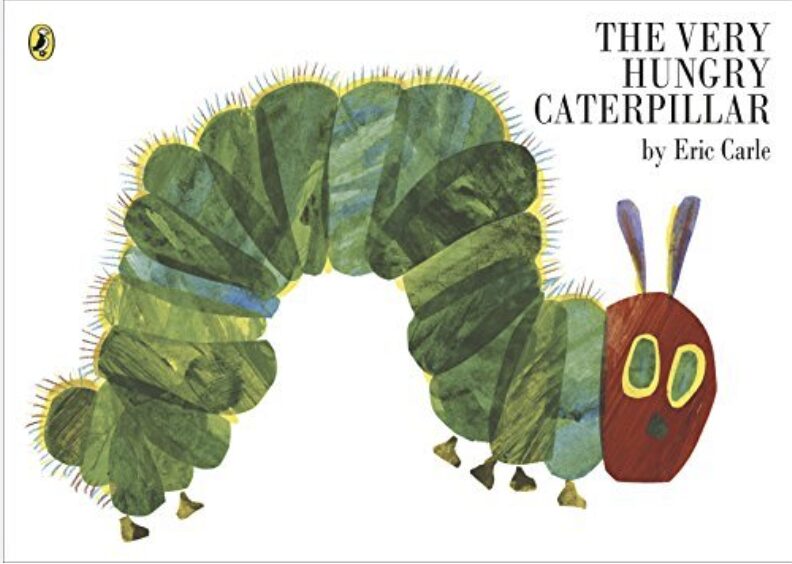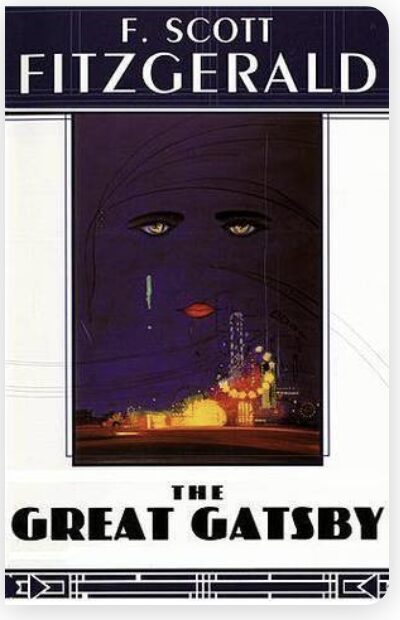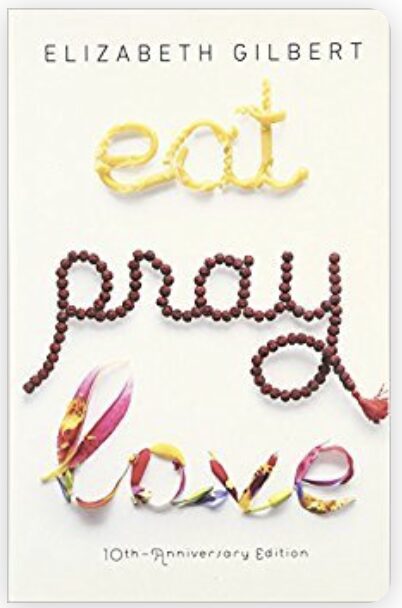When it comes to getting people interested in your work, taking the time to nail your book positioning is essential.
This simply means you must be able to succinctly answer the obvious question of what your book is about and why readers should care. If you’ve already written your book, you’ve probably already done something similar in the form of your book description that’s on the back cover of your book or your Amazon listing.
But your positioning is going to be a bit different. It should clearly establish where your book falls on the long list of book genres and subgenres and generate interest for readers, publishers, and partners.
If you position your book well, it will help it fly off shelves and attract the people you want to read it.
Conversely, book proposals and books that are not positioned well have a hard time getting readers interested.
What is Book Positioning?
Book positioning should elude to the genre, place, and time of your book, as well as some key information about the types of characters in the story and the challenges they will encounter. It is a term that goes beyond a description and encompasses everything about how your book is presented to a potential reader. This includes the book title, book subtitle, book cover ideas, advertising imagery, and copy, the platforms and media you choose to market your book with, and more.
It’s all about telling and showing people why they should read your book.
In the same way you find books you want to read, you need to reverse-engineer how people will find your book. Think about walking into a bookstore and seeing all the different areas with different genres for different books.
There’s true crime, business, horror, fiction, and more. You likely start by browsing through genres that are interesting to you. Then, you’ll focus on a few covers or spines that stick out to you. Finally, you’ll start selecting books and reading the back covers or maybe even the first couple of pages.
Now, think about how you buy books online.
What social media channels or review sites do you use? Do you follow niche-specific #BookTok creators? Read any blogs? How do you search for a book to buy on Amazon or Audible?
All these things must be considered for the correct book positioning.
Why Do You Need to Position Your Book?
In short, you need book positioning to market and sell your book. And, if you properly position your book, it also helps you do so much of the upfront marketing for your book.
But book positioning not only helps your individual books but can also help position your career as an author.
Great book positioning can be the difference between knowing how to become an author and becoming a successful authorpreneur. This could mean becoming a full-time fiction author, writing and selling other books, doing a tour, creating a course to teach the concepts you share in your book, or starting a completely new business. All because of your book.
You spent so much time writing your book; don’t you want it to succeed?
An Example of How Book Positioning Boosts Your Marketing Efforts
As a self-published author, you’ve now become a marketer. And one of the key things every marketer must do is answer why customers should care about a specific product.
If they can do that, the rest of marketing is so much easier.
Let’s dive into an example outside of books to make this clearer.
Let’s say you’re looking for a simple mop for your floors at home. Think of how many different types of mops and brands are out there. If you’re not a mop expert, you might have no idea what to look for or why any of the features would matter. You just want to clean your floors.
Wouldn’t you love to find a brand that tells you what their mop does and why it matters?
Oh, the handle is good for gripping, even with wet hands. The small compact surface helps it fit under your fridge. The disposable pads help the clean-up process.
These features helps the marketer position the product in the marketplace as the obvious choice compared to the other alternatives. But if they aren’t clearly stated or expressed (in images, videos, etc), you, as the mop purchaser, would never know.
Book positioning is about highlighting your book’s benefits, features, and key differences.
You don’t need to promise the reader some kind of life-changing conclusion or even a particularly thought-provoking read. It doesn’t have to solve all of their life problems (a lot of us are just in it for a bit of entertainment or escapism, after all). You can simply have a well-written and enjoyable story.
However, you still need to explain to the readers why it’s worth the read.
Related: A List of Amazon Marketing Services for Authors
How To Position Your Book
First, you’ll want to focus on answering, “Why would someone want to read my book?”
Remember: you don’t want everyone to read your book. That’s a nice dream, but your book isn’t for everyone. One of the book marketing rules is that you want to focus on your ideal reader. Not all readers.
You need to know what makes them interested in your particular genre or book in general and figure out why they would be interested in yours specifically.
Is it educational? Does it fix a specific problem they have? Have you written a self-help book that teaches young people how to save and invest for the future?
That’s a very specific audience.
Or is your book inspired by folklore, complete with fairytale characters and mythical creatures? Is it a steamy romance with a beloved relationship trope readers would want to know about? Is it young adult fiction that deals with a first love and overcoming heartbreak?
Those are also very specific types of readers.
Knowing what the purpose of your book is (there’s always something a reader gets out of it!) can help you start to formulate how you want to position your book.
At this point, you should know your main genre, and the purpose of your book and have a good reason for why people should care about your book in general.
3 Examples of Book Positioning
Most of the famous books in the world are famous due to their great positioning. Yes, they must also be good enough to live up to their reputation and hype, but it’s the positioning that piques people’s interest in the first place.
We’ll take a look at some books that have been published so you get an idea of how they were positioned, and you can use it as inspiration for your own book.
1. The Very Hungry Caterpillar by Eric Carle

A true classic in children’s publishing, The Very Hungry Caterpillar has beautiful art and simple writing.
There’s no big plot twist or turn. It’s simply a well-done book that gave a fresh take on children’s books at the time: it physically engaged young readers with fun pages, different sizes, and had holes in them.
It’s a simple concept, but it’s still one of the most popular children’s books of all time, simply from offering a unique angle.
2. The Great Gatsby by F. Scott Fitzgerald

Now, this one is more of a cautionary tale of an example.
When The Great Gatsby was released as a book, it went right over most people’s heads. It received good reviews, but very few people caught onto the fact that it was a criticism of the era it was published in. And it wasn’t until years later that it received widespread acclaim.
It was lucky to be included in a shipment of books to troops. It was read, and the message of the book spread. After that, people were inspired to revisit the book – and it’s since become a classic.
Imagine if it had never been sent to the troops. Now imagine if it had been properly positioned from the start.
3. Eat, Pray, Love by Elizabeth Gilbert

Even if you haven’t read Eat, Pray, Love, you have absolutely heard about it at this point (everyone loves a movie with Julia Roberts).
It was positioned as a book about a woman pursuing her wanderlust and heart’s true calling after going through a midlife crisis.
Many people – both men and women – can relate to the feeling of achieving success (or what we want) and it not being everything it’s cracked up to be. Or that feeling of wondering if they’re on the right life path.
The feeling of confusion in the positioning resonated with people feeling the same way. They wanted to read her story to see how she got through it.
This book (and its movie) tapped into the feelings so many of us relate to. It was a great book because of the story. But it became popular because it was properly positioned.
So, what do you say? Are ready to get your book published, positioned, and out into the world?